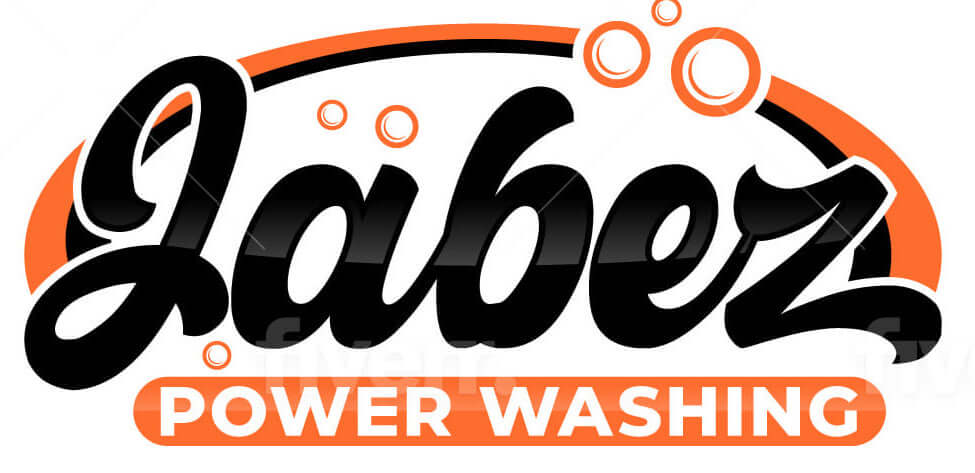Pressure washers come with a variety of pressure and nozzle settings that allow you to customize the power of the spray to suit your cleaning needs. Here are some common pressure and nozzle settings you may find on a pressure washer:
-
Low pressure setting: This is typically around 1,000 to 1,800 PSI (pounds per square inch) and is ideal for gentle cleaning, such as removing dirt and grime from car exteriors or washing delicate surfaces like outdoor furniture.
-
Medium pressure setting: This is usually around 2,000 to 2,800 PSI and is ideal for general cleaning tasks, such as removing stains from concrete or cleaning siding.
-
High pressure setting: This is typically around 3,000 to 4,000 PSI and is best for heavy-duty cleaning jobs, such as removing paint or graffiti.
As for nozzles, most pressure washers come with a variety of nozzle tips that allow you to adjust the width and intensity of the spray. Here are some common nozzle tips:
-
Fan nozzle: This creates a wide, gentle spray that is great for general cleaning tasks.
-
Narrow nozzle: This creates a concentrated, high-pressure spray that is ideal for removing tough stains or tackling small, hard-to-reach areas.
-
Soap nozzle: This is typically a low-pressure nozzle that is used to apply soap or cleaning solution to surfaces.
-
Rotary nozzle: This nozzle creates a rotating jet of water that is great for removing stubborn stains or for deep cleaning surfaces.
It’s important to note that using the wrong pressure or nozzle setting can damage surfaces or cause injury, so it’s always a good idea to start with the lowest setting and work your way up as needed.
